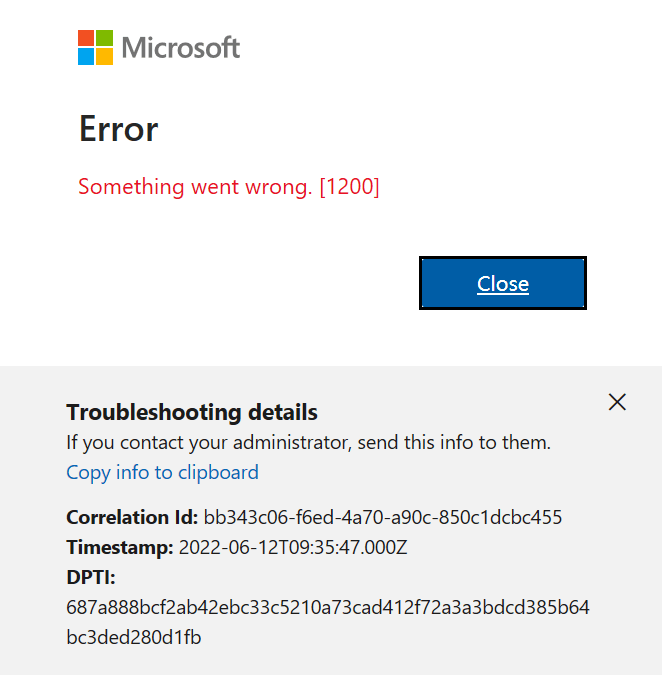
DNS and Virtual Hosting: A Personal Journey
Discover how DNS enables multiple websites to share a single IP address through virtual hosting. Learn from my journey from teenage networking experiments to professional server management, and see how the Windows hosts file can be your secret weapon for local development and troubleshooting without affecting live environments.

Troubleshooting MAUI Android HTTP Client Issues: Native vs Managed Implementation
When your MAUI Android app connects to public APIs but fails with internal network services, HTTP client implementation differences are often the culprit. By switching between native and managed HTTP clients and addressing certificate validation and TLS compatibility issues, you can identify and resolve these common networking challenges.
My Adventures Picking a UI Framework: Why I Chose Uno Platform
This year I challenged myself to learn UI development after years of back-end coding. After considering Flutter and React, I rediscovered Uno Platform. With improved tooling and seamless integration with my .NET expertise, Uno became my choice. I’ll document my journey creating multi-platform applications using this promising framework.

Visual Studio Sign-In Issues: A Simple Fix (Fixing visual studio sign in error Code: 3399680404 )
Frustrated with Visual Studio sign-in issues? Despite resetting my computer, I couldn’t change accounts until I discovered a simple fix. Navigate to Options > Environment > Accounts and change authentication from ‘Windows authentication broker’ to ‘Embedded web browser.’ This small adjustment solved my persistent problem and might work for you too!

Exploring the Uno Platform: Handling Unsafe Code in Multi-Target Applications
This weekend I experimented with the Uno platform, a multi-OS UI framework for developing mobile, desktop, web, and Linux applications from a single codebase. While Uno’s concept is excellent, its tooling previously had stability issues after Visual Studio updates. Surprisingly, I found setup now works effortlessly on both my ARM-based Surface laptop and x64 MSI computer. However, when compiling demo applications, I encountered issues with unsafe code generation. The solution involves uncommenting the

State Machines and Wizard Components: A Clean Implementation Approach
This article explores implementing wizard components using state machine architecture. By separating UI from logic, developers can create cleaner, more maintainable multi-step forms. The approach centralizes state control through a WizardStateMachineBase class that manages page transitions, significantly simplifying development challenges and creating extensible interfaces that enhance user experience by limiting decisions at each step.



